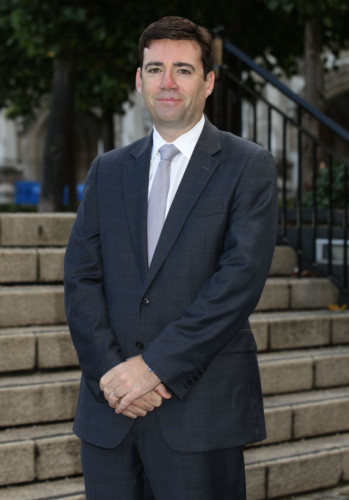
Thousands of cancer patients are being forced to wait too long for their treatment to start.
A report has revealed that 18 NHS foundation trusts breached urgent cancer referral targets between October and December last year.
The number of trusts which fell below the minimum 85% of patients starting treatment within 62 days was four times higher than the previous year.
Yesterday, Labour blamed the Coalition Government’s shake-up of the NHS for the missed referrals, highlighted in a new report by Monitor, which regulates England’s 147 foundation trusts.
Shadow health secretary Andy Burnham said: “After a decade of improvements in cancer waiting times, progress has been derailed by David Cameron’s NHS reorganisation.
“We warned that focus would be lost and that is exactly what has happened. Patients with a life-threatening illness should not face these unnecessary delays.”
The report also found overall waiting lists had “risen significantly”, with 1.6 million patients waiting for treatment in December. This was 14% higher than December 2012.
But the study did find accident and emergency departments had “so far managed to cope with winter pressures”, despite 28 foundation trusts failing the four-hour waiting time target during the quarter.
But analysts discovered 39 trusts are now operating at a deficit, almost double the 21 in the same period last year, with a combined £180 million financial hole among the trusts.
Jason Dorsett, financial reporting director at Monitor, said: “The financial trust sector is doing remarkably well in tough circumstances, but is looking a little frayed at the edges.
“Trusts have responded well to the challenge of A&E pressures this winter, such as finding beds to admit patients.”
A Conservative health spokesman said: “This Government has shone a light on poor care in a way that Labour neglected to do, in some cases putting pressure on finances as trusts address historical issues with nursing numbers and the like.
“We are putting recovery plans in place for any trust in financial difficulty, but as the culture within our NHS changes, we do not accept that delivering safe and compassionate care in the longer term costs more money.”

Enjoy the convenience of having The Sunday Post delivered as a digital ePaper straight to your smartphone, tablet or computer.
Subscribe for only £5.49 a month and enjoy all the benefits of the printed paper as a digital replica.
Subscribe